Croatia
A land that has been the crossroads of East and West for millennia, Croatia is a magical and at times mystifying collage of cultural heritage. Formed by tidal waves of empires, Croatia is studded with the architectural footprints of Romans, Austrian-Hungarians, and the 20th-century socialist state. Combine thousands of years of history with over over 1000 miles of mesmerizing Adriatic coastline, and Croatia shimmers with possibilities. Zagreb is a storied and charming capital city with enough trendy bars and restaurants for a lifetime; Dubrovnik is a walled medieval paradise; Rovinj is pearly beaches; and the islands, each unique but utterly enchanting. Stone houses with red-tile roofs climb along the rocky, and relatively undeveloped Mediterranean coastline. And while the Dalmatian coast gets the most attention, inland Croatia is packed with natural beauty. The Dinaric Alps span the entire country, hugging the coast and offering stunning views over islands and Adriatic; and the cascading turquoise waterfalls of Plitvice Lakes are truly unique. Croatian cuisine is a delightful mix of Italian influence, grilled meats, fresh seafood, and locally produced products. Wherever you adventure in Croatia you will be offered incredible hospitality, coffee, and a delicious shot of homemade brandy called rakija; no matter if it’s morning, noon, or night.
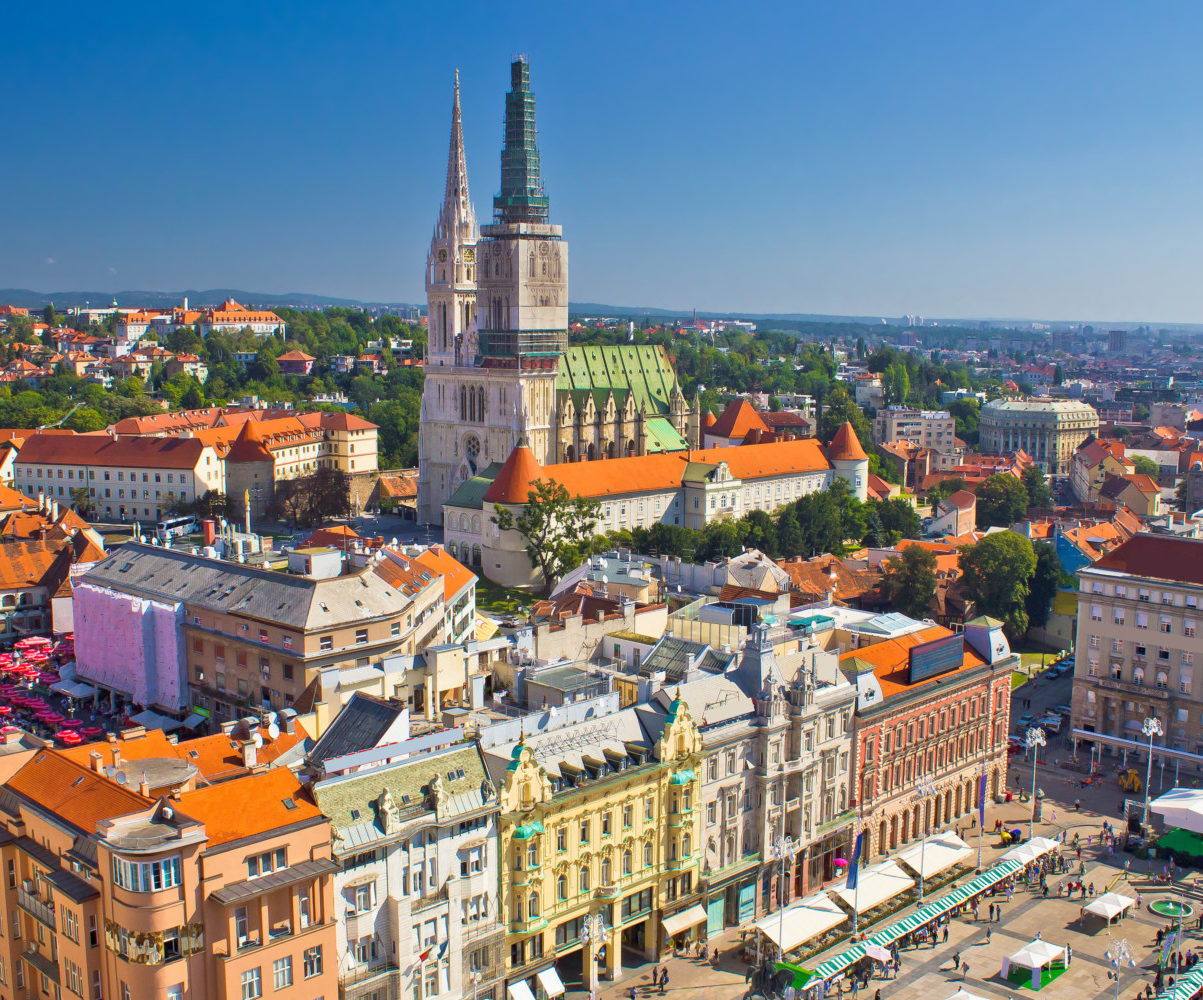
Zagreb
For a city of nearly one million people, Zagreb maintains an impossibly laid-back atmosphere. The center of the city is made for pedestrians and people watching, with bars and cafés lining cobblestone walkways and squares. Regular festivals and an amazing farmers’ market compliment this cosmopolitan city’s music-filled bars and flair for food. Climb through the old town and walk the Strossmayer promenade for great views over the city, or stop into the quirky Museum of Broken Relationships or the vast art collection of the Mimara. Zagreb is disarming architectural blend of Austro-Hungarian and socialist bloc, but is filled with art, music, and museums to satisfy any cultural itch.
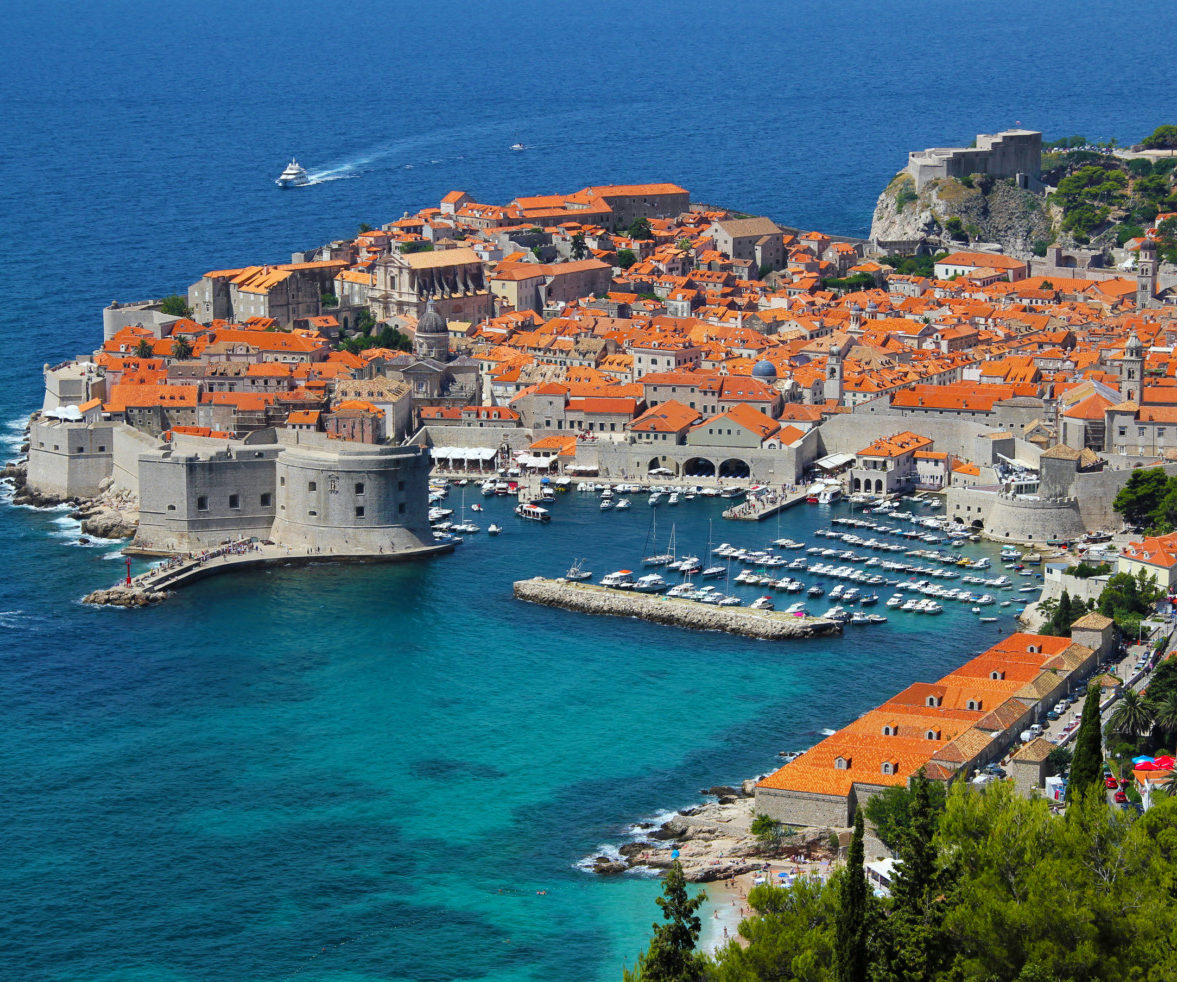
Dubrovnik
With glowing limestone streets, massive stone towers, and working drawbridges, Dubrovnik is a bastion of medieval architecture. Wander through the pedestrian old town or along the ancient city walls and feel the magnificence of the centuries resonating in the stone. Dive into the refreshing cerulean water of the Adriatic to cool off in the busy summer months, or plan your trip for the late fall or winter and have these hallowed streets almost to yourself.
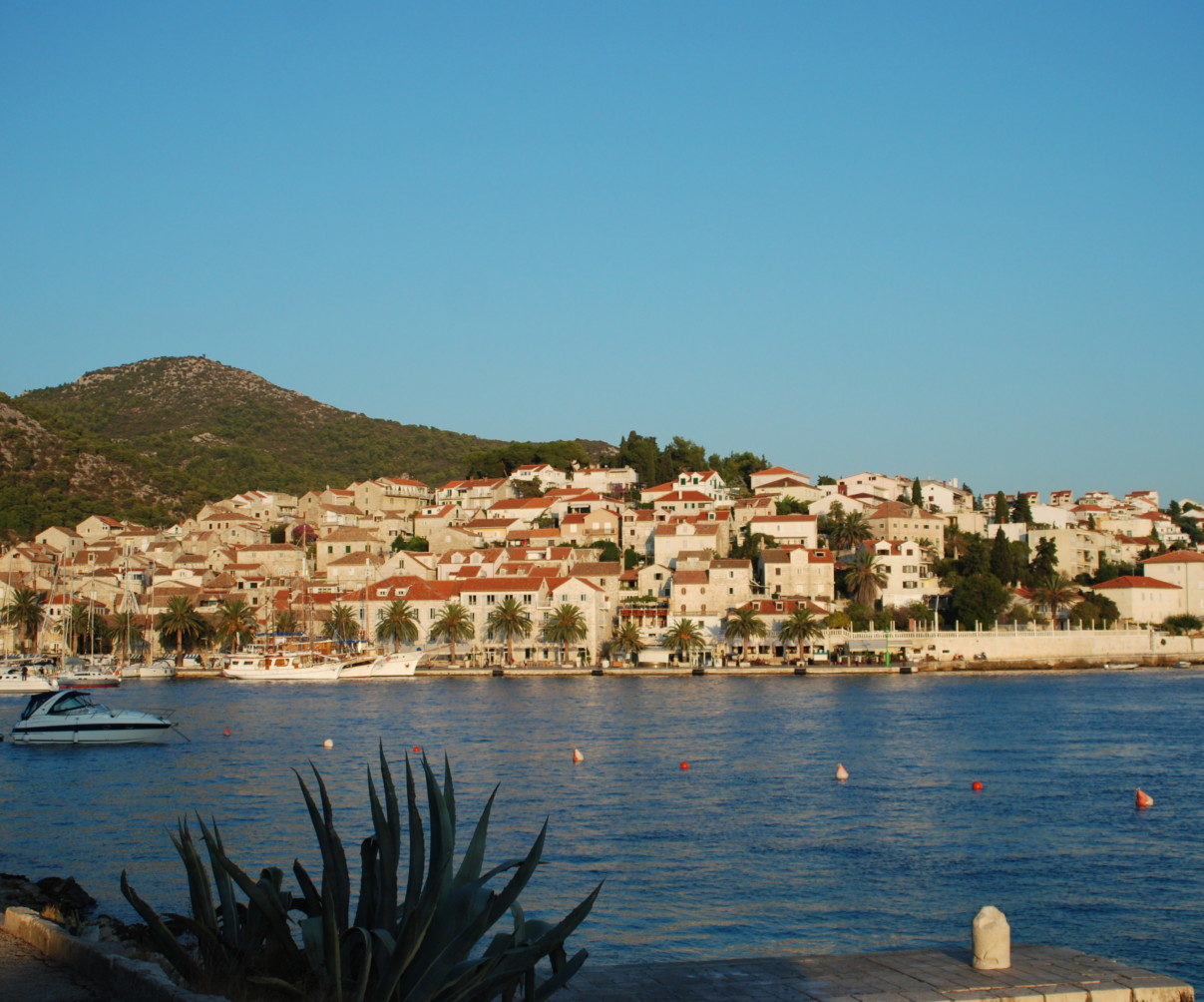
Hvar
Known as an island of idyllic elegance, Hvar caters to people looking for yacht-club refinement and a younger crowd looking for a party. Hvar Town buzzes with visitors in the summer high season, and offers glitzy hotels, classy restaurants, and raucous beach bars. But outside of the island’s capital, things quiet down dramatically. You can head to a number of smaller seaside resort towns, or travel the coast to find your own private cove. The Sveti Nikola mountains perch inland where you will also stumble on ancient ruins, vineyards, and smell the refreshing breath of lavender fields.
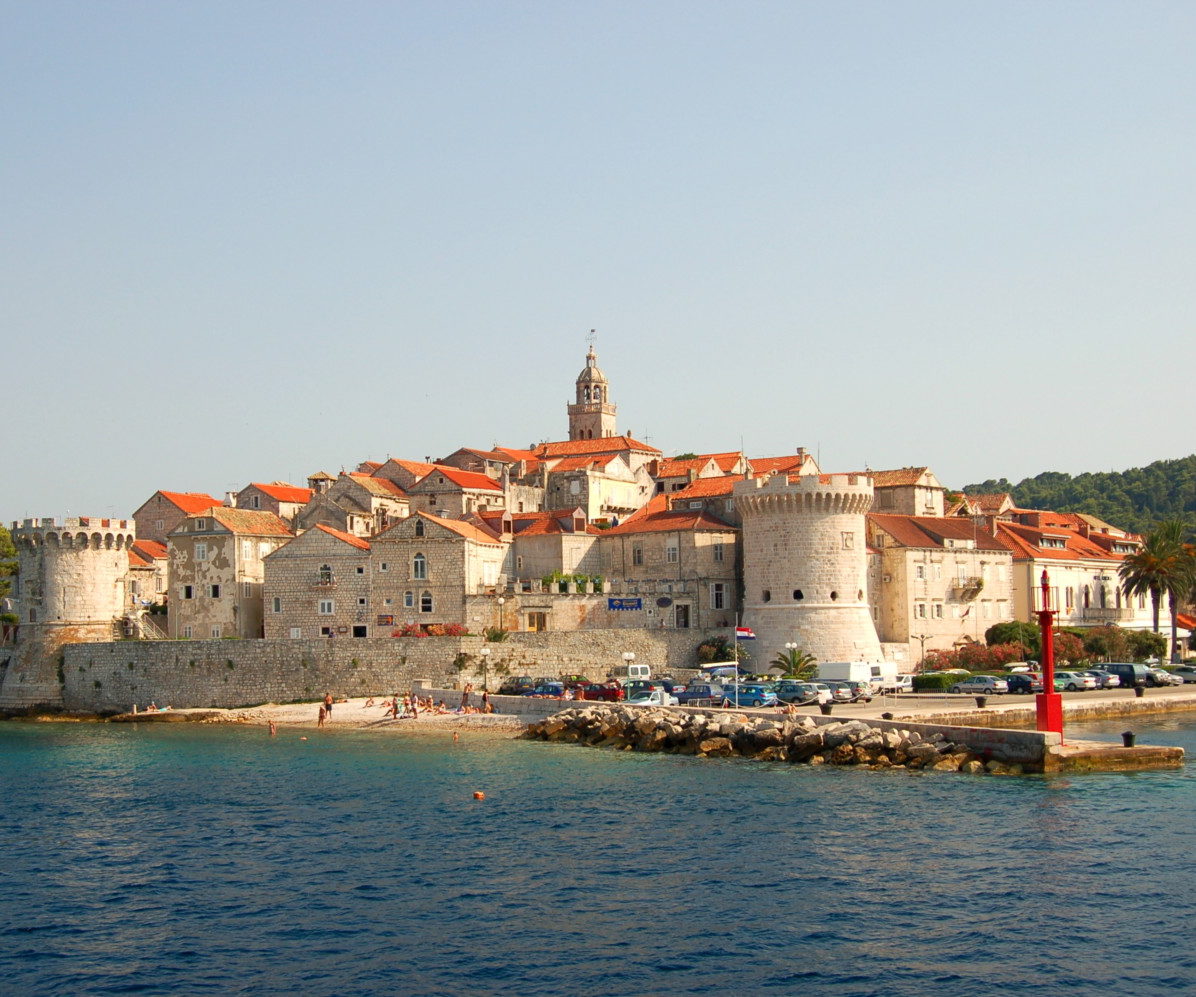
Korčula
Within hailing distance of Dubrovnik, this large island was ruled off and on for 800 years by the Venetian city-state and is covered with Gothic and Renaissance churches and palaces. The capital city, Korčula, looks like Dubrovnik in miniature, with the curved castle fortresses and towering walls. Made up of layers upon layers of history makes this one of the most intriguing of the Croatian islands. Korčula’s unique white wines make the perfect chilled companion for a day spent swimming in a quiet cove.
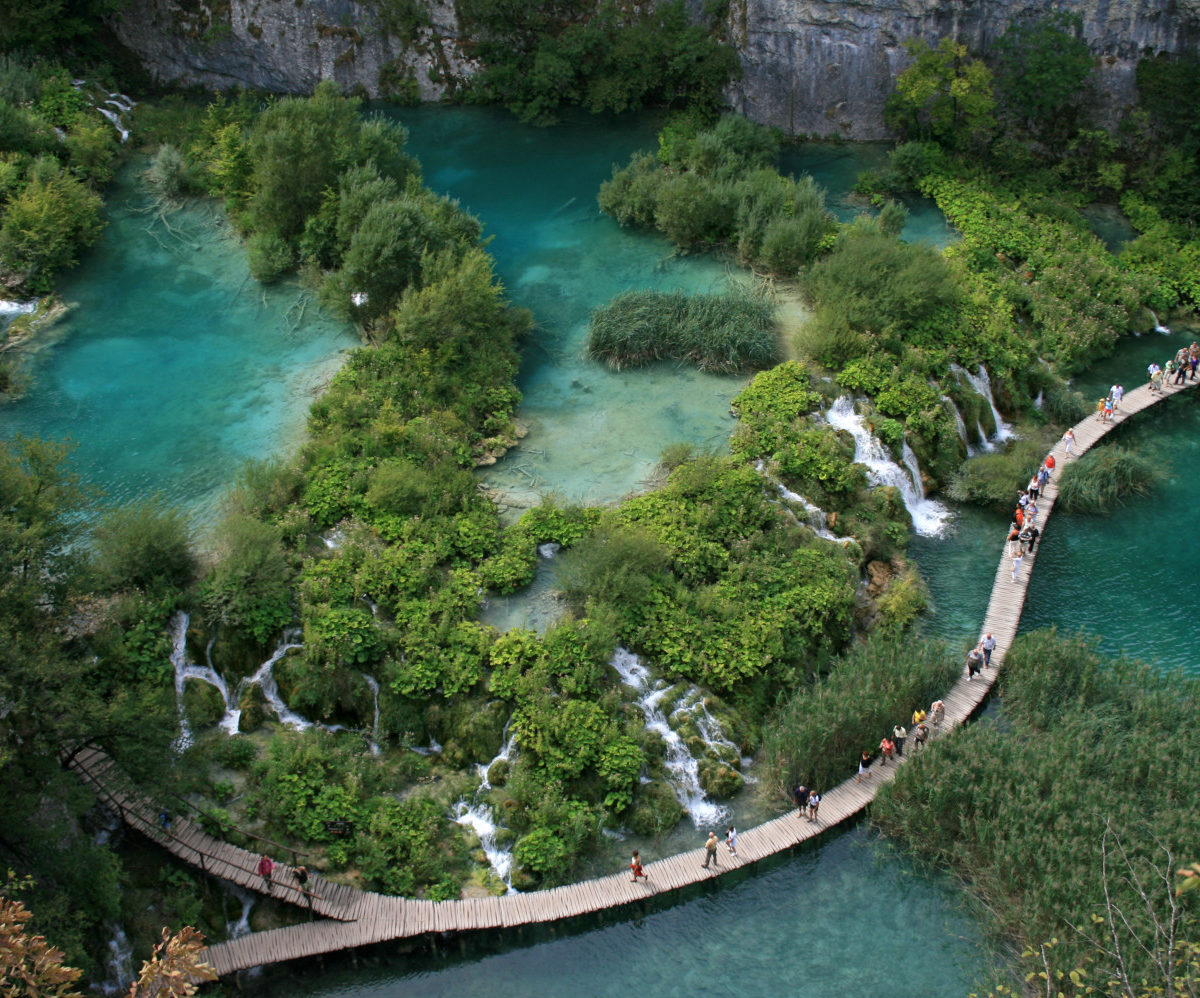
Plitvice Lakes
A network of wooden walkways let you step out over the coursing waterfalls of Plitvice’s sixteen lakes, bright blue-green water rushing beneath your feet. One of Croatia’s most popular sites, you can enjoy the marvels of this national park in relative solitude if you hike the longer loops of boardwalks and connecting forest paths, which is well worth the effort. The almost fluorescent waters cut through porous tufa rock and dance between resilient stands of vivid green vegetation. Listed as a UNESCO World Heritage Site, Plitvice Lakes is a truly remarkable landscape.
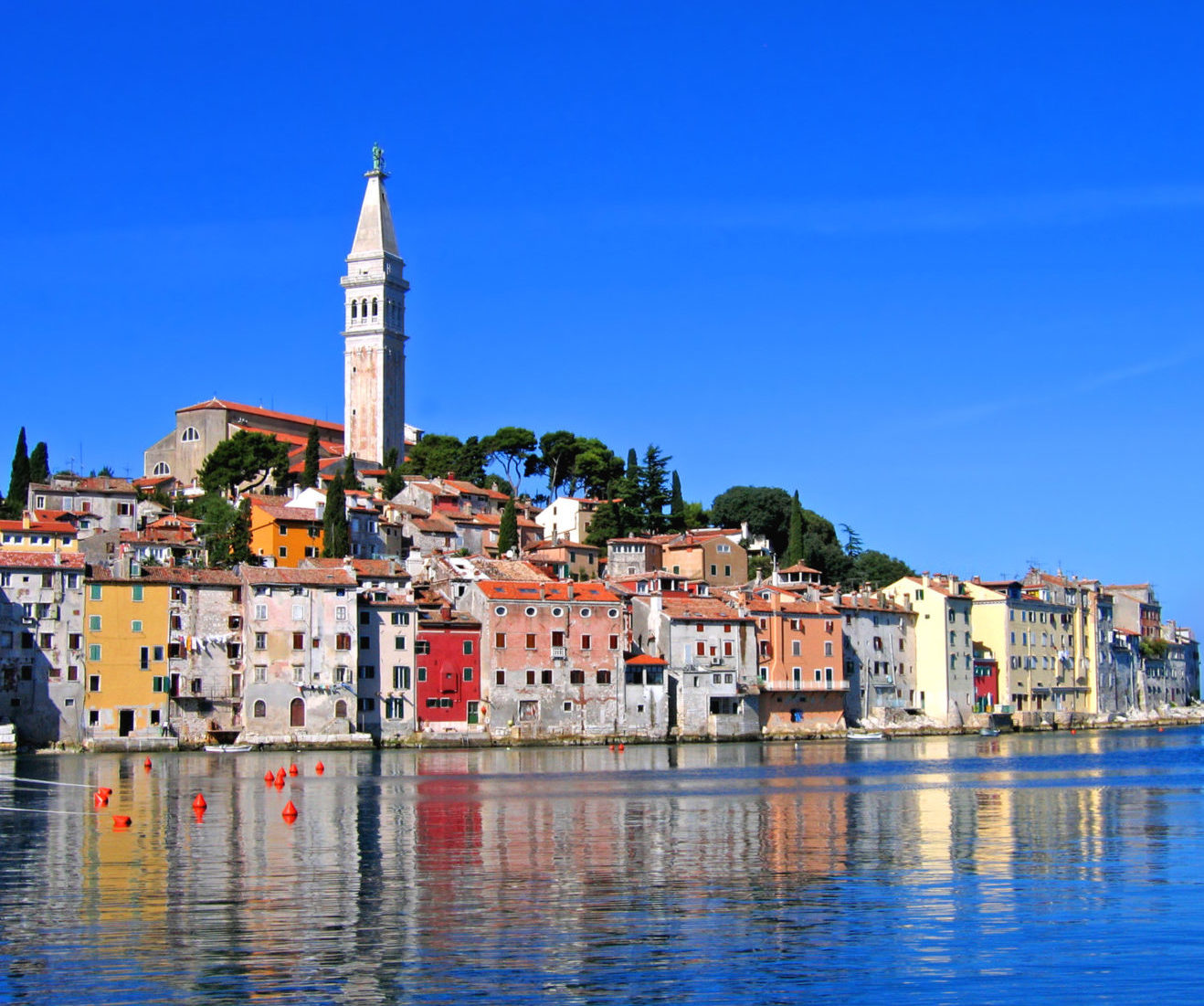
Rovinj
This ancient city on the Istrian Peninsula is a working fishing port and a favorite vacation destination for locals and foreigners alike. Blessed with 40 miles of sandy, pebbly beaches, there is no shortage of coastline to explore. And just off the mainland the 14 islands of the Rovinj archipelago make for a great day-trip. At the heart of Rovinj’s old town presides the magnificent Venetian Church of St. Euphemia; once an island, this part of the city juts out into the sparkling waters of the Adriatic.
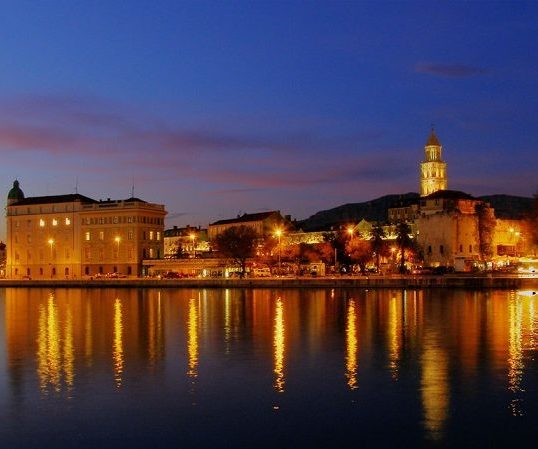
Split
A fascinating blend of ancient and modern, Split has an alluring uniqueness that demands exploring. Diocletian’s Palace, an imposing 4th-century Roman ruin, embodies the masterful mixing of the millennia: The restored fortress complex that comprises nearly half of the old town is not a mausoleum, it is the beating heart of the city, filled with shops and restaurants. Croatia’s second largest city, Split is ideally located along the central Dalmatian coast and makes a great stop before heading out to the nearby islands. Hop a ferry to Hvar for a taste of luxury, or head to Korčula, Hvar’s quieter cousin.
Slovenia
A land of emerald lakes, coursing turquoise rivers, lush forest, and towering peaks, Slovenia is a paradise waiting to be explored. Even if Slovenia remains one of the hidden gems of Europe, the locals know how to enjoy their stunning landscapes; hiking, cycling, kayaking, skiing, and climbing, if it is an outdoor sport, you will find it here. A preeminent outdoor destination in Europe, you will be astounded by the options from day hikes in the Julian Alps to rafting the Soča. A country that has felt the weight of empires, Slovenia is filled with well-preserved ancient architecture and reflects the complexity of their past in the delicious regional cuisine that mixes the flavors of Italy, Austria, and the Balkans. Ljubljana might be one of the most charming capitals in Europe, with networks of bike lanes a bustling city center reserved only for pedestrians. Set your sights on getting out in nature, with stops in historic hamlets along the way, and you will quickly feel that you have stumbled onto one of Europe’s greatest secrets.
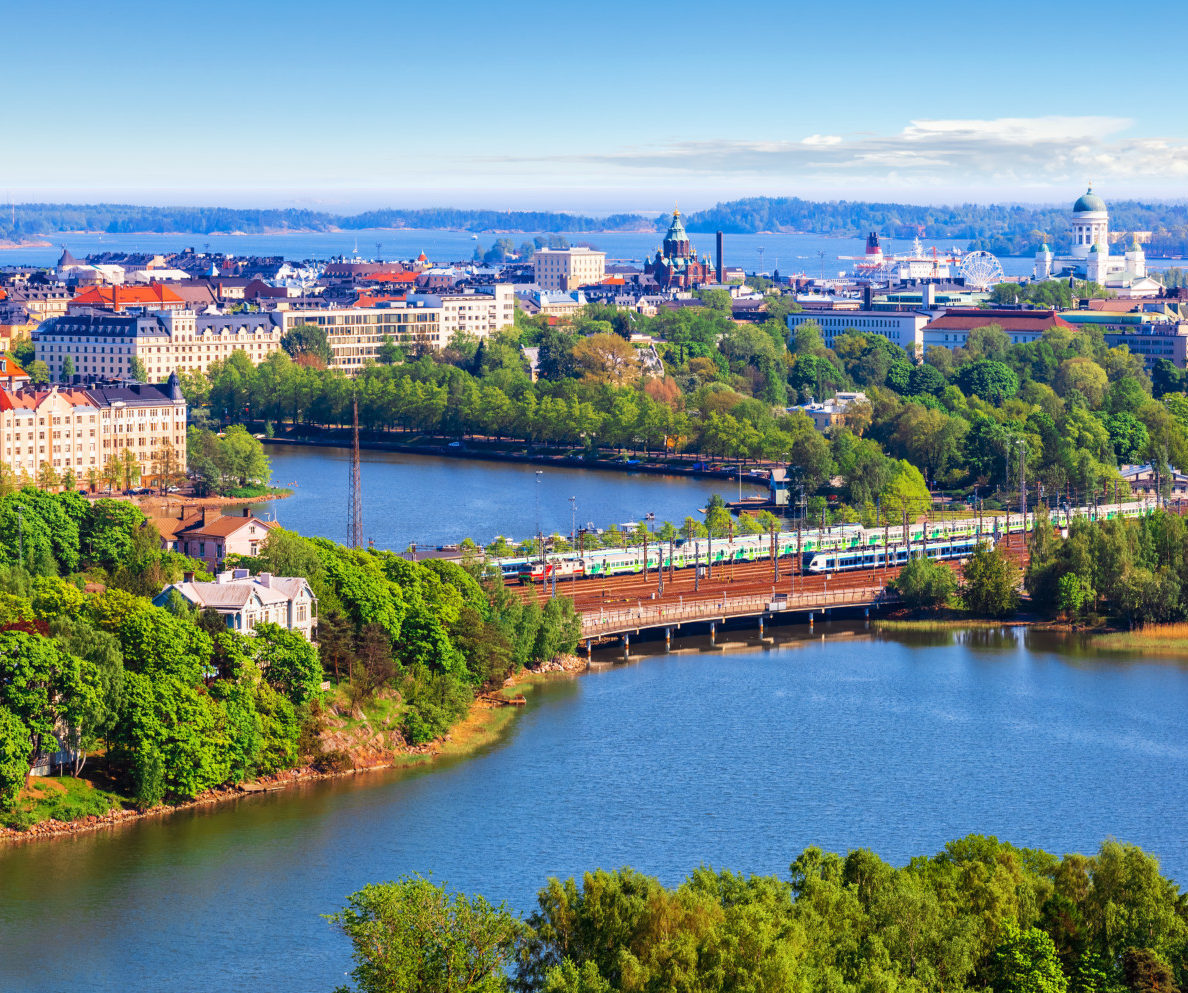
Ljubljana
Voted Europe’s Green Capital in 2016, Ljubljana is an environmentally progressive city and also filled with delightful green spaces. Stroll the ornamental garden-lined promenades or hike the forested trails of Tivoli Park; or climb winding stairs up to Ljubljana’s castle where there are commanding views of the city. The Ljubljanica River meanders through the heart of the city, its banks are lined with pedestrian avenues filled with outdoor cafés and trendy international and local restaurants. Home to exceptional food, welcoming people, and historic sites, Ljubljana is the perfect European city.
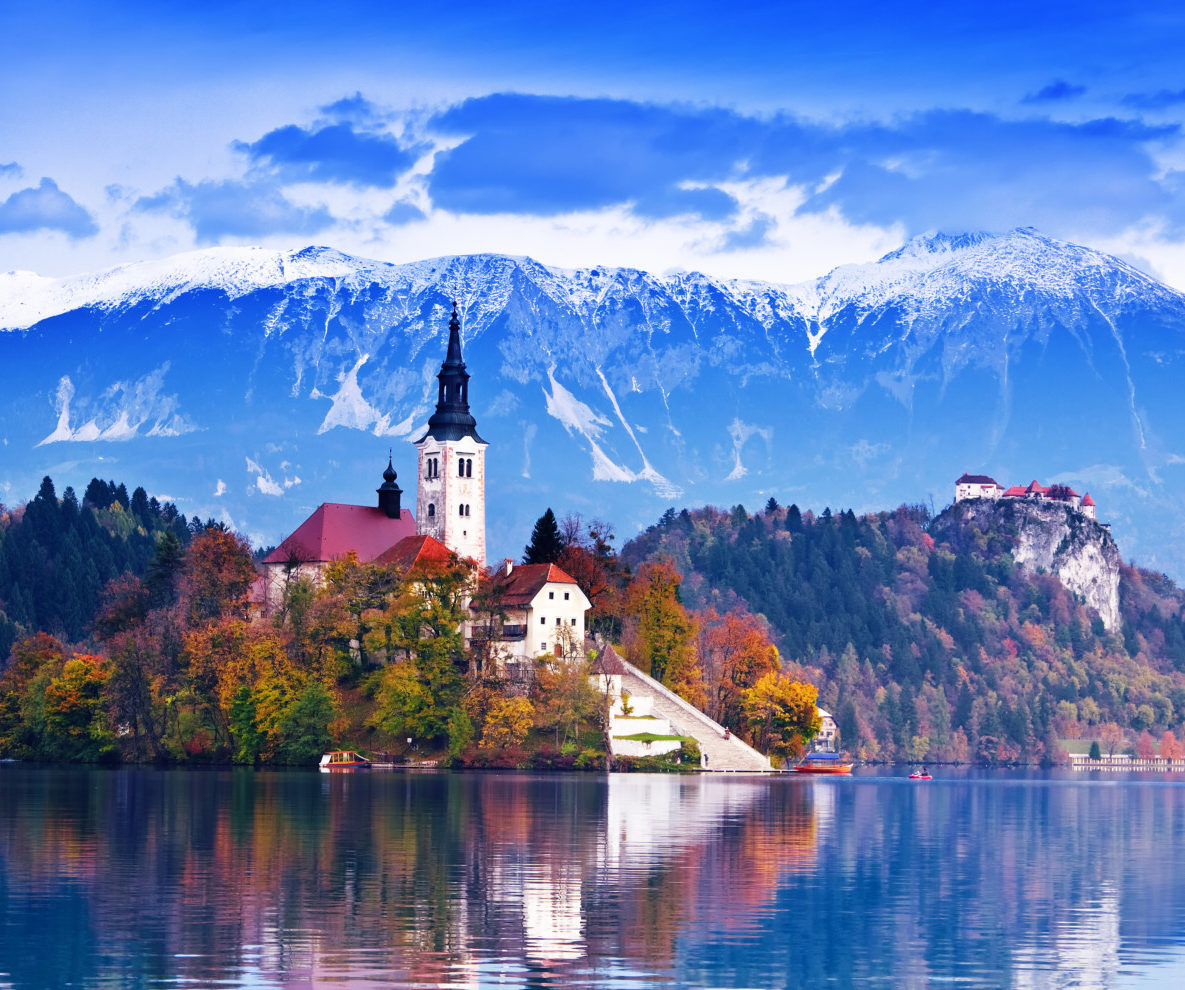
Bled
An enchanting historic resort town that drew 19th-century aristocracy for the thermal springs and the tranquil setting, Bled is a lakeside jewel at the foot of the Julian Alps. Lake Bled’s restored Baroque church sits nestled serenely into a forested islet, its bell, said to grant wishes to the faithful, ringing clearly across the water. With upgraded lodging and dining to accommodate its popularity, Bled is a great base to explore the Julian Alps or simply kick back and relax and enjoy the majestic scenery.
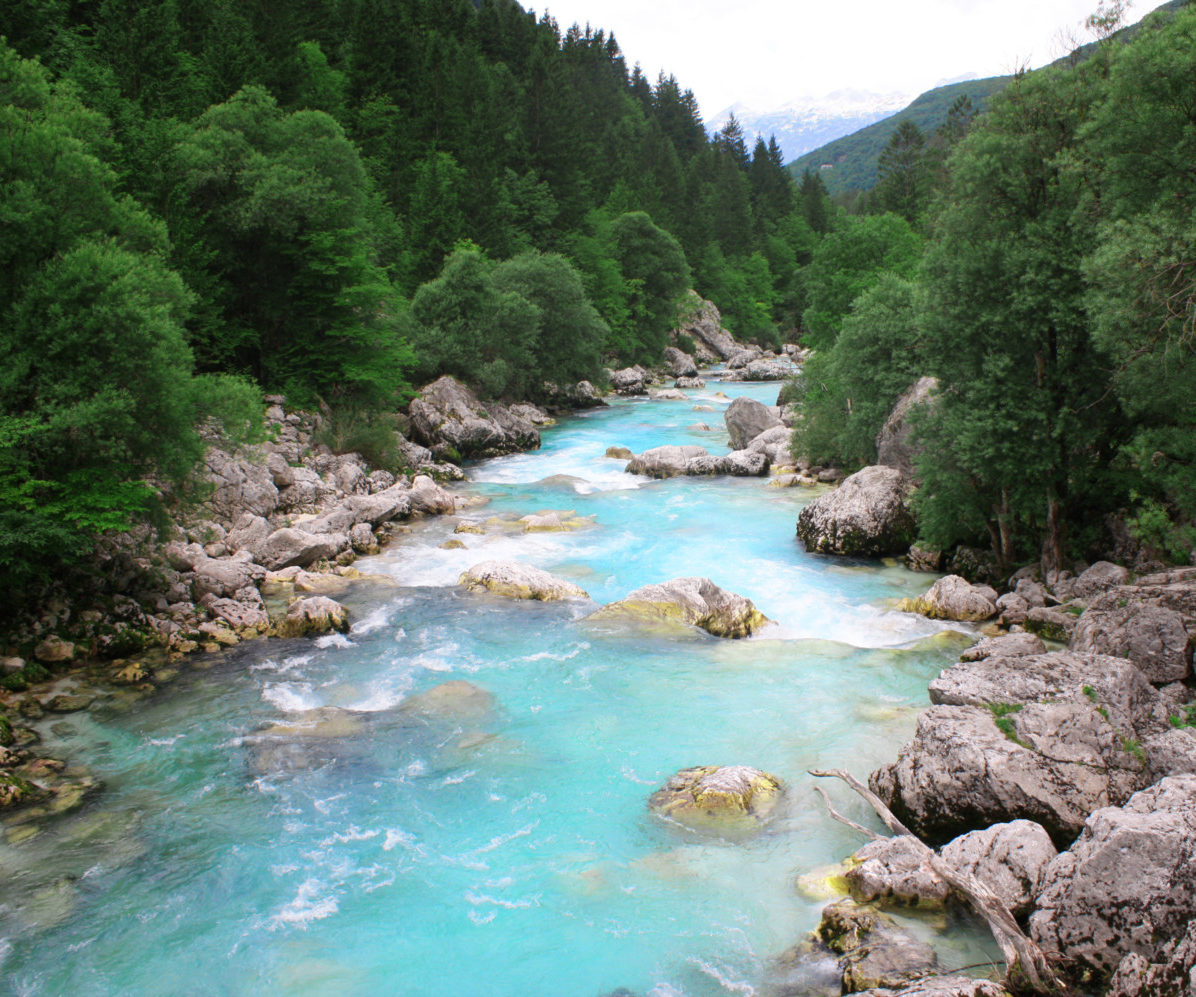
Bovec
Located in the majestic Soča river valley, Bovec is encircled by Triglav National Park and is the center for outdoor adventure in the western part of the park. The karst limestone walls and forested banks of the Soča are a glimpse of truly pristine nature. With many small, rustically-elegant hotels in the area, you can hike, raft, kayak, cycle, and ski in the winter, and return to a cozy alpine home.
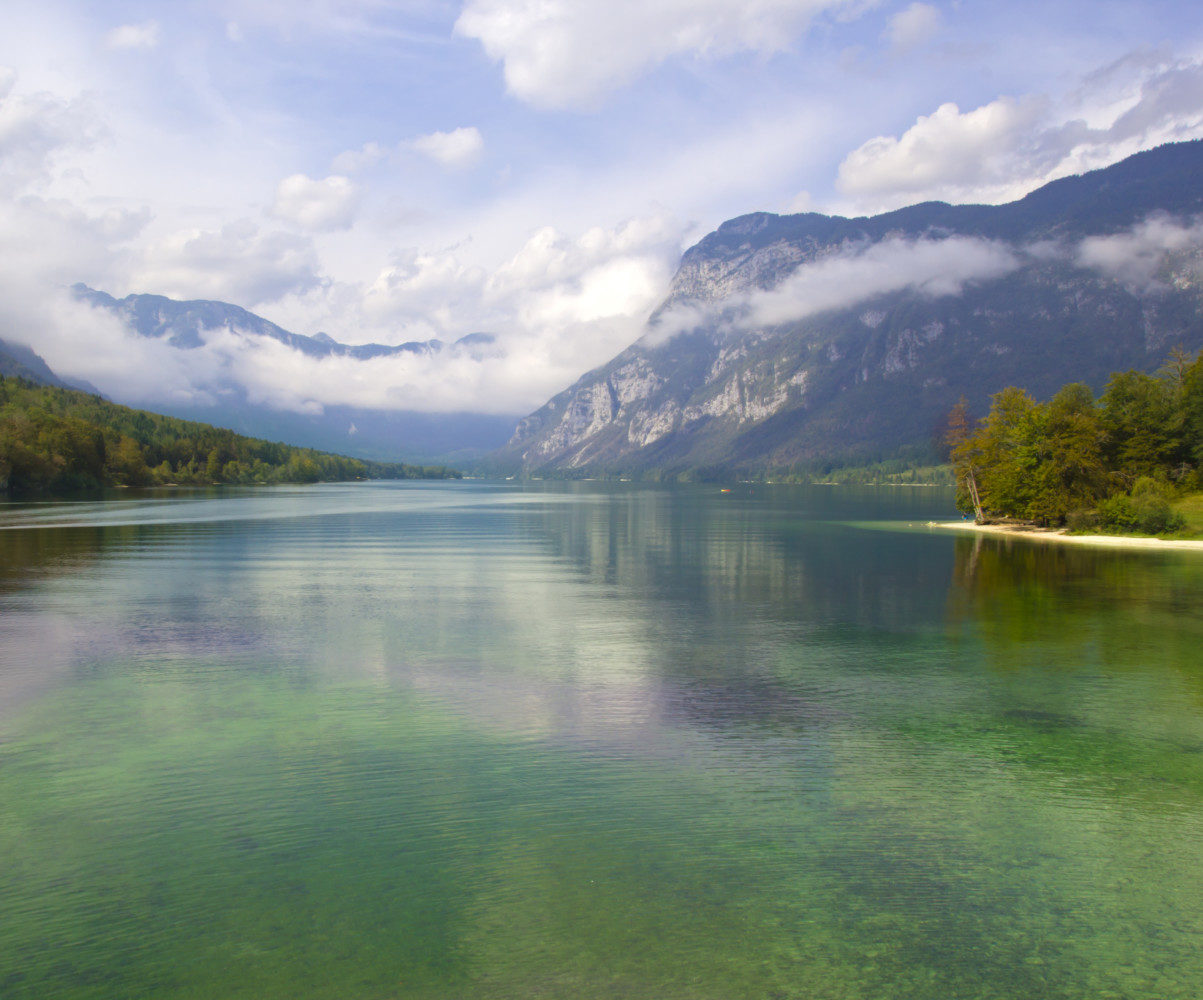
Lake Bohinj
Just a short journey up the road from Bled, Lake Bohinj is the perfect jumping off point for hiking or cycling in the eastern part of Triglav National Park. A picturesque alpine lake with crystalline water, surrounded by mountains, there is no need to move beyond lakeside meadows and beaches to enjoy the magic of Lake Bohinj. The calm water is perfect for kayaking or paddle-boarding, or to lie back to watch paragliders soar overhead. There is hiking for all levels, from streamside trails to soaring peaks, and with small restaurants scattered in the hills and nearby towns, it is a perfect place to get a taste of the Alps.
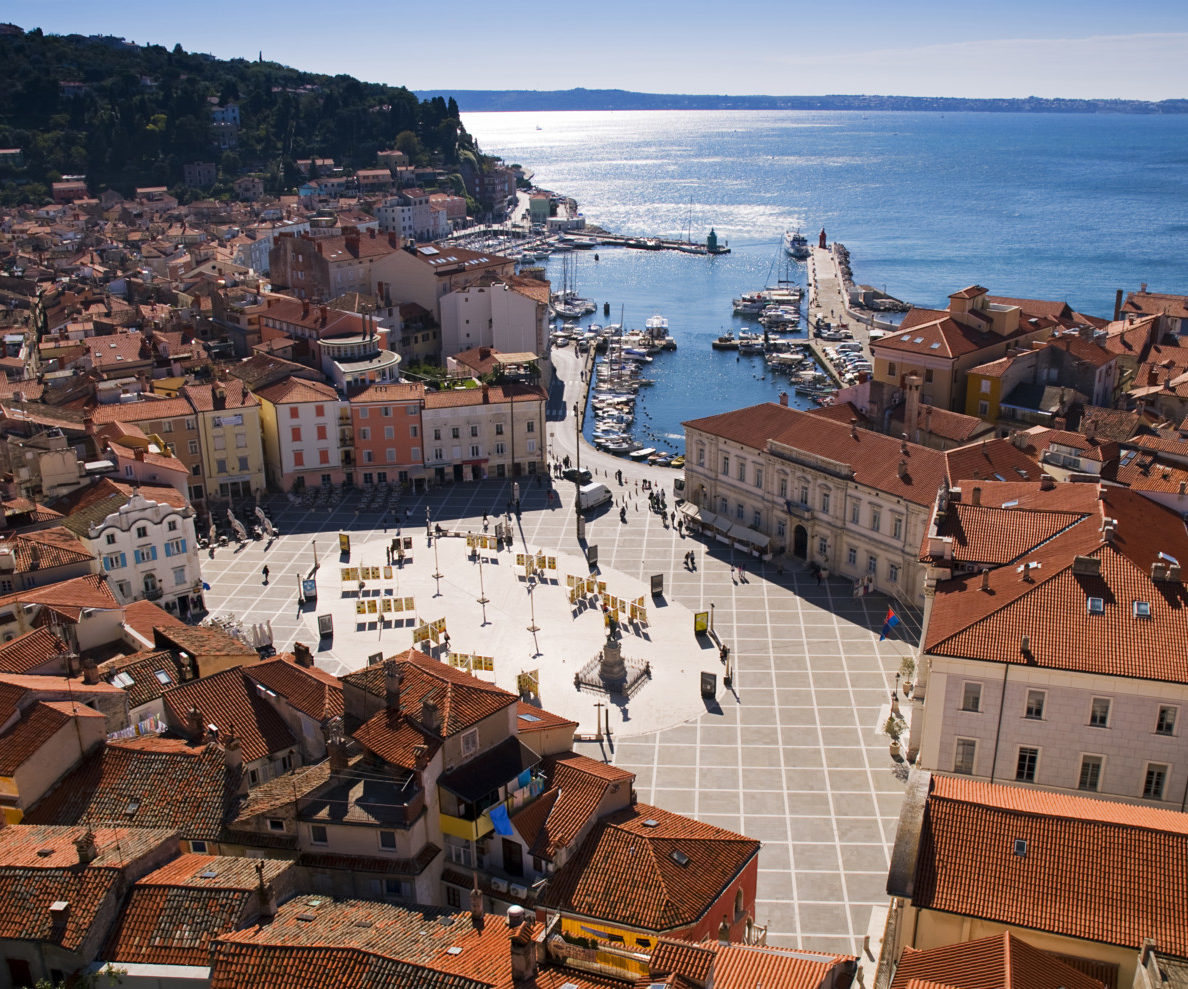
Piran
Slovenia’s roughly 30 miles of coastline are often passed over by travelers, but a visit to Piran is an instant reward. You will hear Slovene and Italian as you walk the narrow lanes within the old town wall since this stretch of coast was part of Italy until the end of WWII. With a blending of these two cultures you will find incredible Italian-influenced seafood dishes with the local emphasis on fresh ingredients. Linger in Tartini Square which opens out into the marina, and know that you have found a jewel on the Mediterranean.
